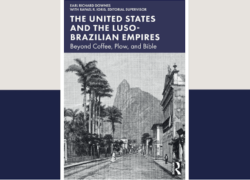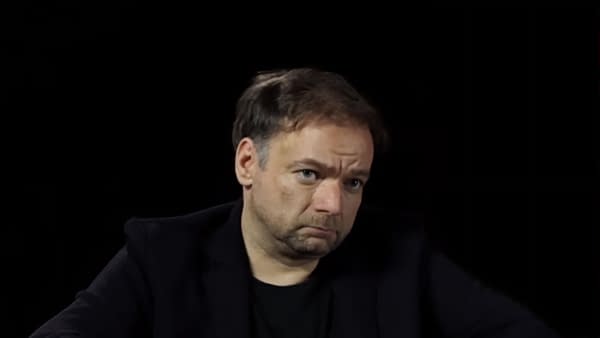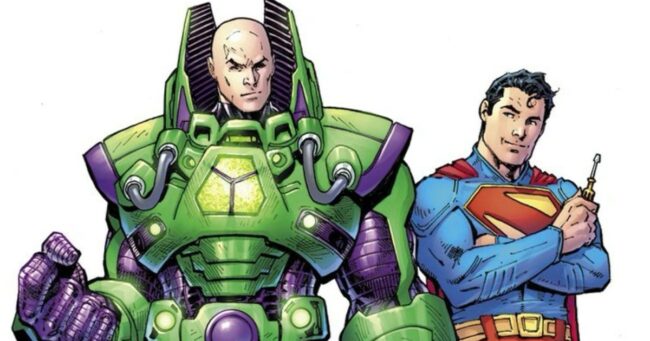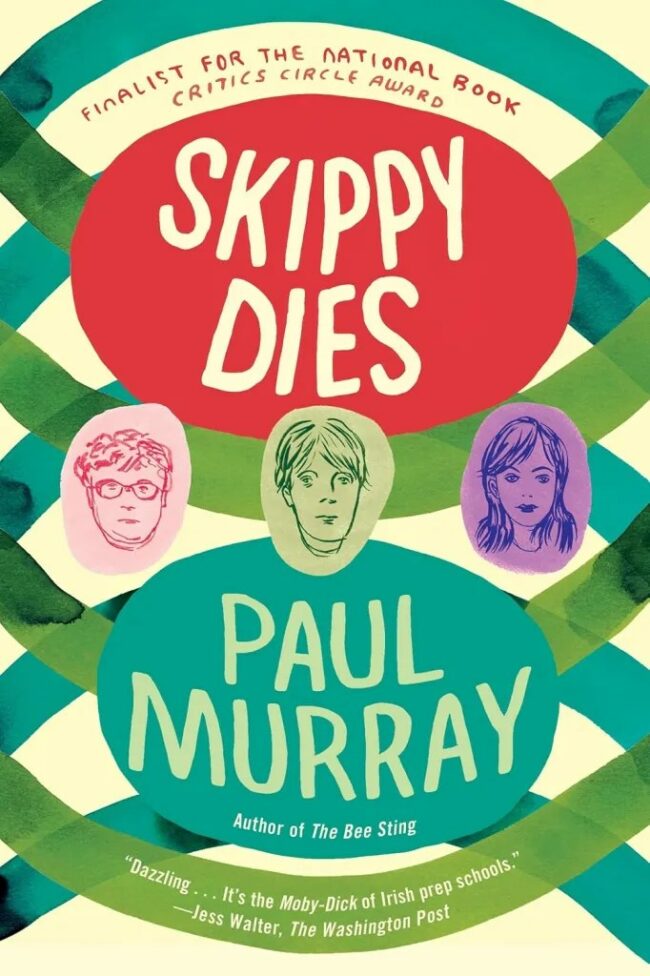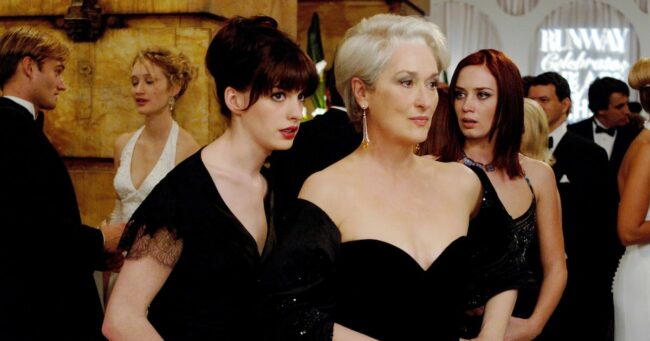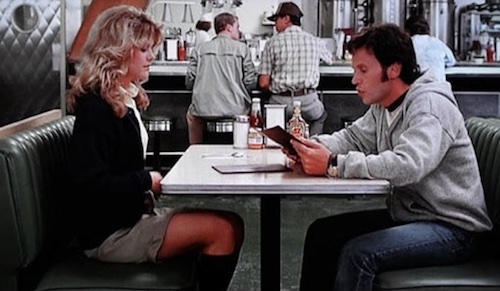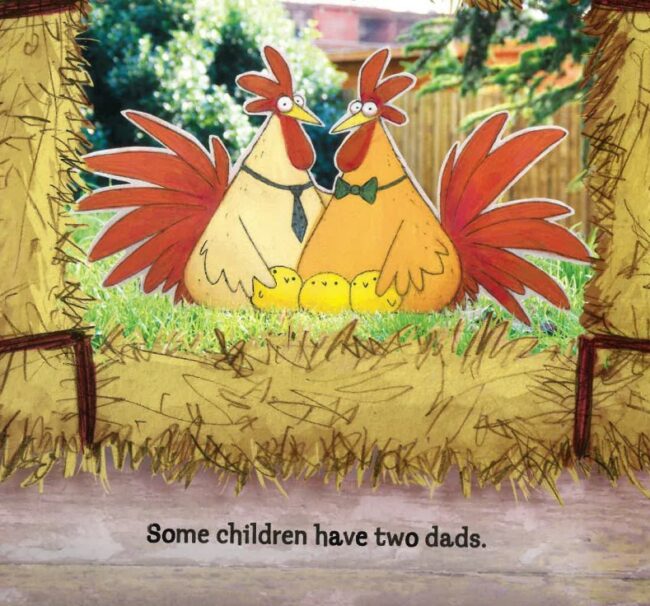Book | The United States and the Luso-Brazilian Empires | By Earl R. Downes & Rafael R. Ioris – Editor’s Note
… and educational institutions.
The book examines the interaction of U … He has published books, articles and book chapters on various … America’s development.
Book Details
Title: The United … & Rafael R. Ioris
Publisher: Routledge
Publication Date: April …

